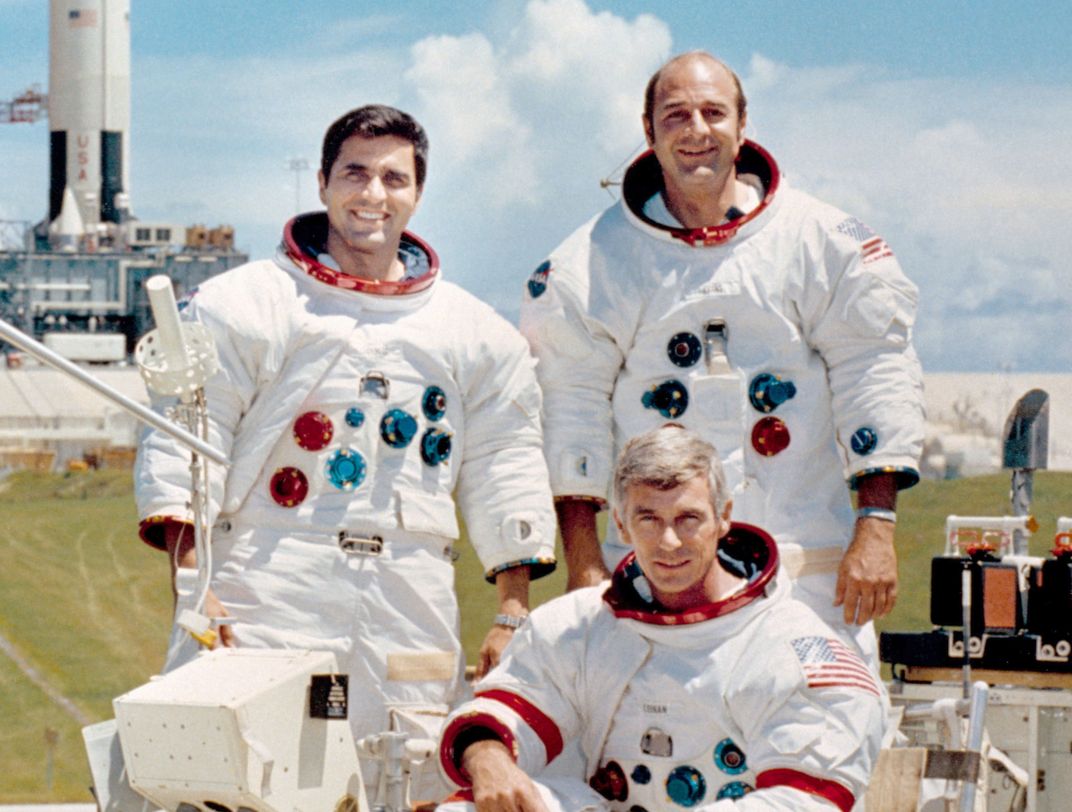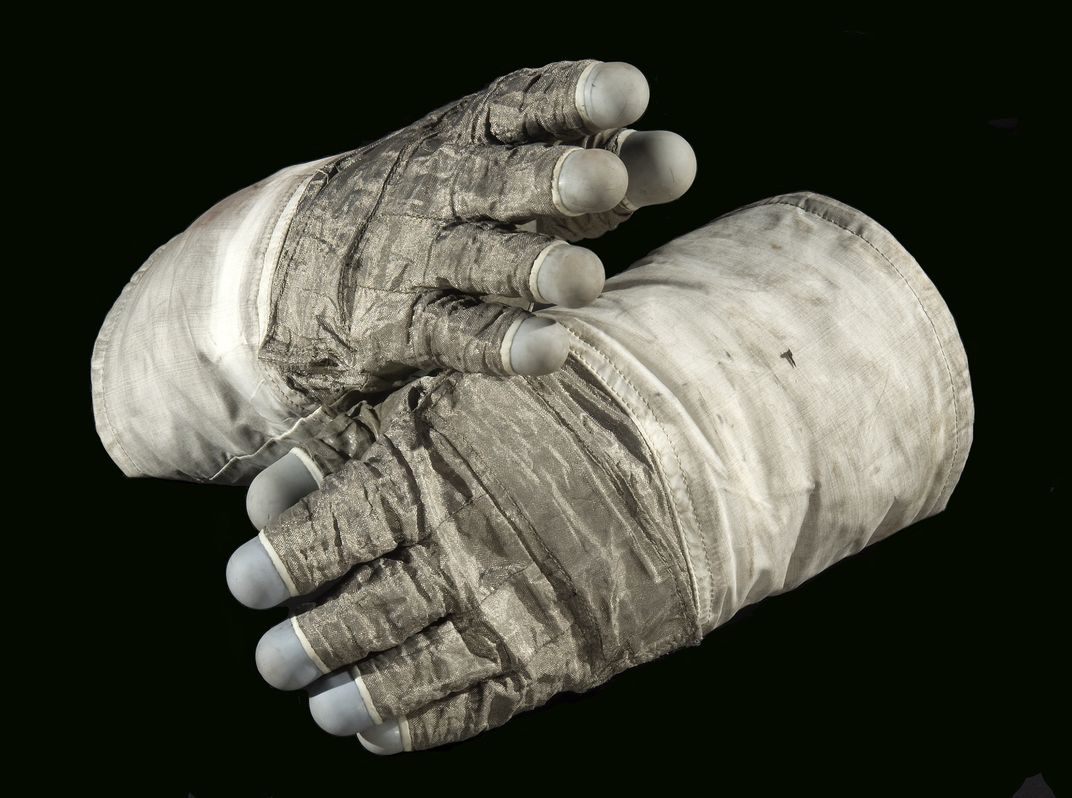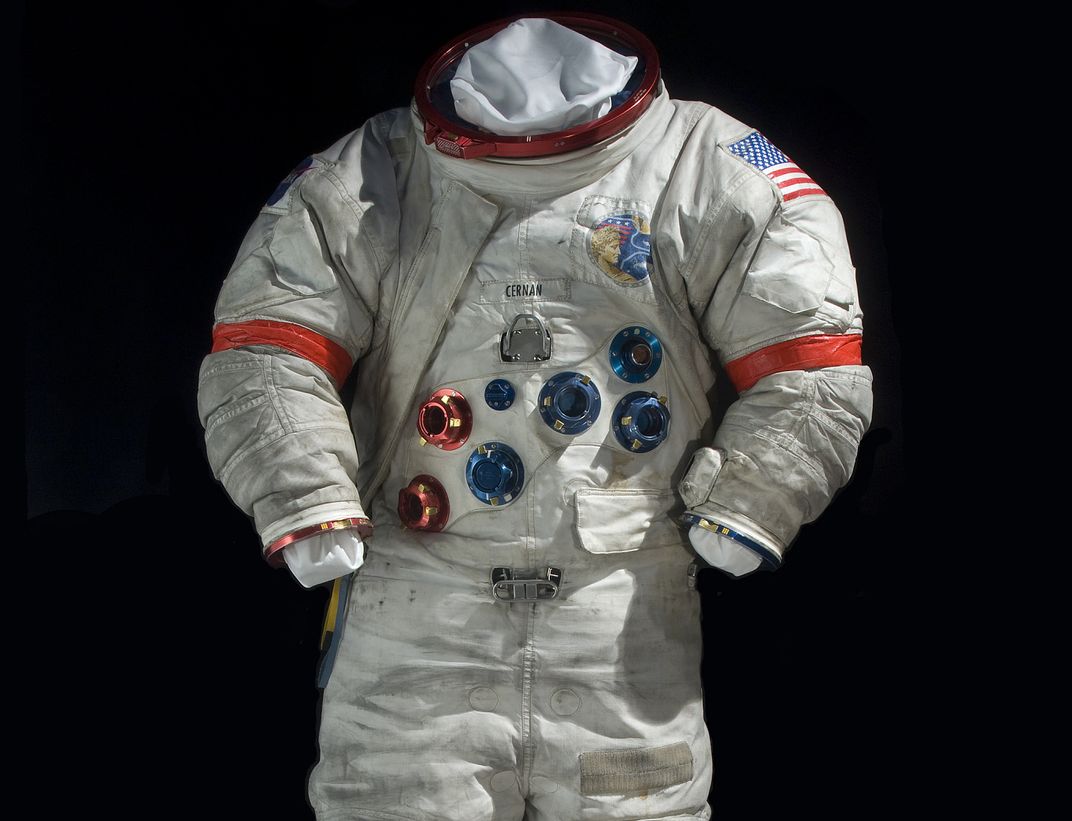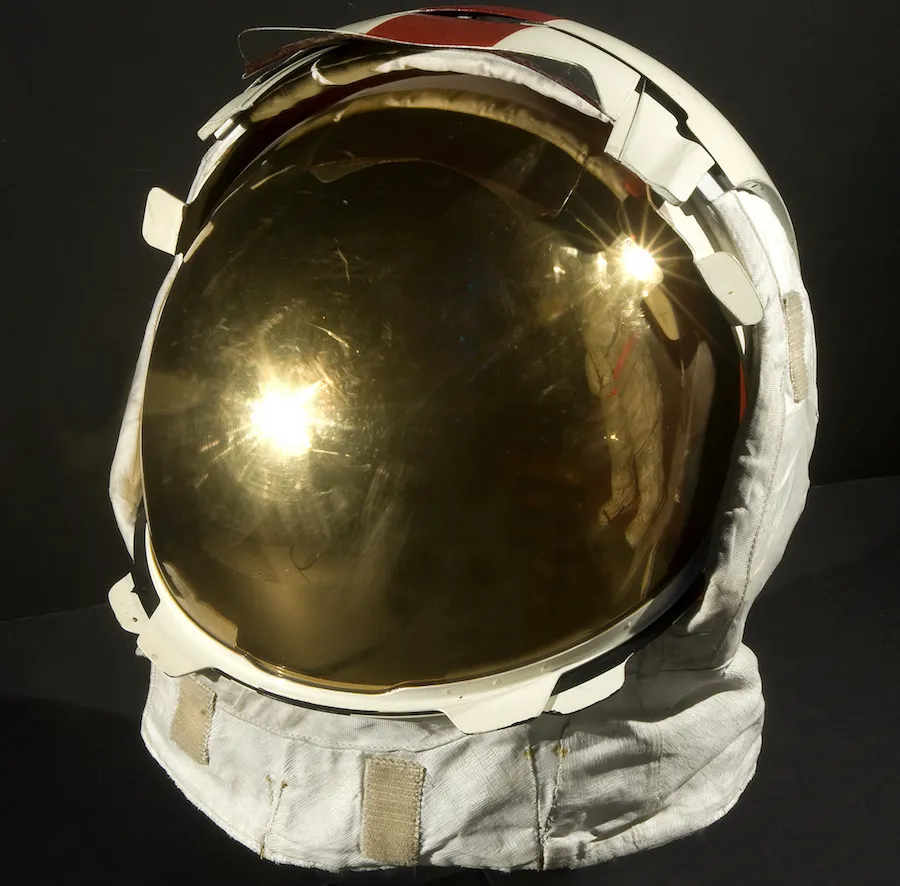Apollo 17 Was the Swan Song of Manned Space Exploration
Looking back 45 years later, is there hope humanity will once again push beyond Earth? President Donald Trump seems to think so
/https://tf-cmsv2-smithsonianmag-media.s3.amazonaws.com/filer/bc/8b/bc8b6870-cf46-47cd-88e0-eb0dae8ff839/apollo17_2.jpg)
Few moments in the Cold War were as unambiguously triumphant for the United States as the landing of the Apollo 11 astronauts on the surface of the Moon in the summer of 1969. The realization of a dream first championed by John F. Kennedy, Apollo 11 demonstrated indisputably America’s technical engineering competence as well as its determination to do what has never been done. Coming on the heels of one of the bleakest years in U.S. history—which saw the assassinations of Martin Luther King and Bobby Kennedy, and political protests across the nation—the mission provided a glimmer of astonishment to a desperate populace.
Now, President Donald Trump has pledged to send American astronauts back to the Moon, and to Mars, by the end of his tenure in the White House. This announcement could herald the end of a decades-long drought in manned space exploration.
By late 1972, when—45 years ago this month—Apollo 17 took to the skies, the wonder of putting men on the Moon had worn off, replaced in the minds of most U.S. citizens by a thick and unremitting disillusionment tied intimately to the nightmarish snafu of Vietnam. America’s scientific community, which had had its moment in the limelight with Armstrong’s “one small step” years earlier, was now operating, as it were, in a vacuum—public support for the project was tepid at best.
“Once the Apollo 11 accomplishment was done, there was flagging attention and interest, and then questions about cost. You know, ‘We’ve done it once,’” says Allan Needell, a curator at the Smithsonian's National Air and Space Museum, where Apollo 17's contributions to this enterprise are remembered via evocative artifacts, including Commander Eugene Cernan's spacesuit—the last ever worn on the Moon—as well as his extra-vehicular gloves and helmet.
Needell also points to a reluctance to “push our luck” in the domain of manned space missions. “We hadn’t lost anyone yet,” he notes. “It was a cost-benefit analysis.”
At the end of the day, Needell says, the public’s cynicism could be boiled down to a single question: “Was the marginal increase in knowledge worth both the continued costs and the continuing risks of space exploration?” NASA’s answer to this was a firm yes.
Instrumentation-wise, Apollo 17 was armed to the teeth. Insights into the composition of the Moon were made possible by two never-before-flown pieces of equipment mounted on a lunar rover: a traverse gravimeter, which could pick up irregularities in the Moon’s gravitational field, and a specialized antenna capable of sending electrical signals back to the Lunar Module at intervals through the ground. The Service Module, meanwhile, bore an impressive battery of more conventional tools, including an infrared scanning radiometer (to gauge heat flow), a far-ultraviolet spectrometer (to see what sorts of light tend to be absorbed by lunar rock), and a sounder (to acoustically penetrate deep below the surface).
The target of Apollo 17 was the Taurus-Littrow valley, an inviting landing area abutting on the Sea of Serenity. Dark material detected in the region had led NASA to wonder about possible recent volcanic activity on the Moon; the principal objective of Apollo 17 was extensive geological investigation.
The crew on the mission, like the toolkit, was very well suited to the task at hand. Astronaut Harrison Schmitt, who piloted the Lunar Module, had a PhD in geology, and had worked with both the U.S. Geological Survey and its Norwegian equivalent in the years before he joined up with NASA. His deep scientific expertise was complemented by the engineering and piloting know-how of Commander Eugene Cernan and Command Module Pilot Ronald Evans, both of whom had doctorates in aeronautical engineering and several thousand hours of flight experience under their belts.
Apollo 17 was the latest valuable step in a steady march of scientific progress—with every new Apollo mission, more was information was being acquired about the makeup of the Moon. Humans stepping onto the surface had been both symbolic and glamorous, but to NASA, the real reward was the advancing knowledge made possible after that initial push off-world.
“Once we won the ‘Space Race’ by getting there first,” says Needell, “there was a much more planned, logical, stepping-stone progression of sites and experiments in order to maximize or at least increase the scientific return.” The transition, he says, was one of “an engineering feat and a public relations feat—with science if you had time—to a much more concentrated, organized scientific enterprise.”

It turned out that the volcanism hypothesis was incorrect—rather, the dark material rimming the Sea of Serenity was simply ejecta excavated from beneath the surface of the Moon after the impacts of space debris. This was an important finding, and the mission collected a wide array of broader data besides to help us refine our models of the satellite’s geology.
In short, Apollo 17 was a success, to NASA and to the greater scientific community. But to Cold War-weary Main Street America, the unsexy endeavor seemed little more than one more questionable budgeting decision in a long line. Apollo 17 was the last Apollo mission to fly.
Given the complexion of the nation at the time, it’s ultimately unsurprising that the previously conceptualized Apollos 18, 19 and 20 never got off the ground. What is more surprising is the fact that, since Apollo 17 in 1972, neither NASA nor any other world space agency has ever again sent a human astronaut beyond low Earth orbit.
Close-to-home projects like the Hubble Space Telescope and International Space Station, and far-flung probes like the Voyager craft, came to dominate conversation. Against the complex backdrop of the modern age—a far cry from the tidy US/USSR rivalry of the Apollo 11 days—the idea of putting people in space for massive amounts of money came to seem imprudent, if not downright silly.
But Needell is hopeful that the imaginative human spirit which propelled the first Apollo mission may now be making a resurgence. Many private companies in recent years have toyed with the idea of space tourism, and the widespread popularity of plausible fantasies such as The Martian, the Matt Damon film, based on Andy Weir’s 2011 self-published novel, suggests a real interest in seeing humanity make a fresh, life-affirming advance into the great unknown of the cosmos.
“There’s a future in it,” Needell says. “I’m not in the prediction business, but certainly there are rationales in support of continued human exploration. What we’re saying in our new "Destination Moon" gallery, which opens in 2021, is that all these”—crewed lunar missions, crewed Mars missions, beyond—“are possibilities.”
/https://tf-cmsv2-smithsonianmag-media.s3.amazonaws.com/accounts/headshot/DSC_02399_copy.jpg)



/https://tf-cmsv2-smithsonianmag-media.s3.amazonaws.com/accounts/headshot/DSC_02399_copy.jpg)